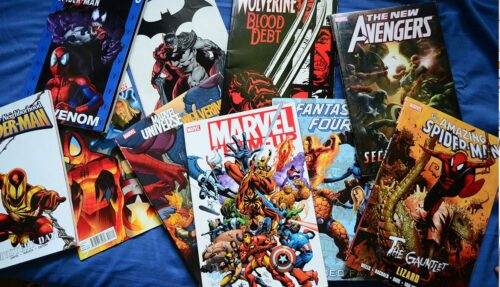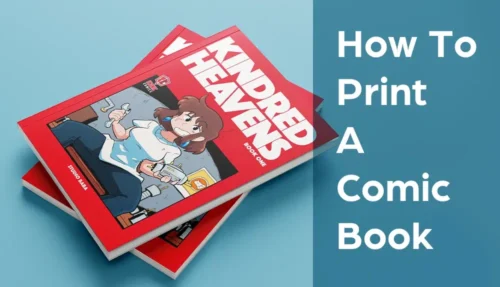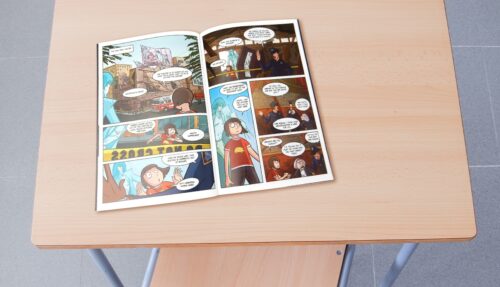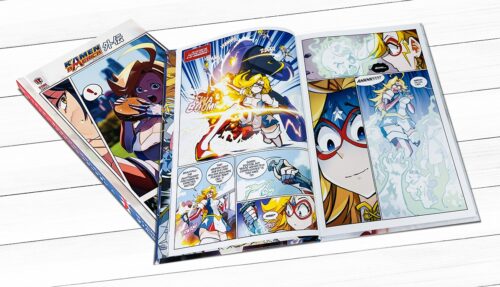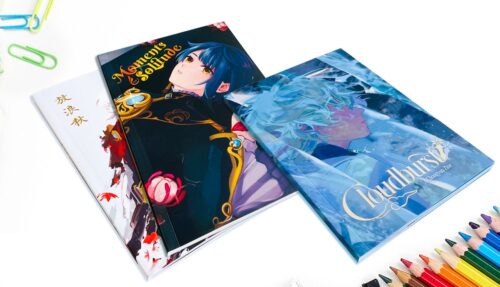Everything you need to know about printing beautiful spiral bound books
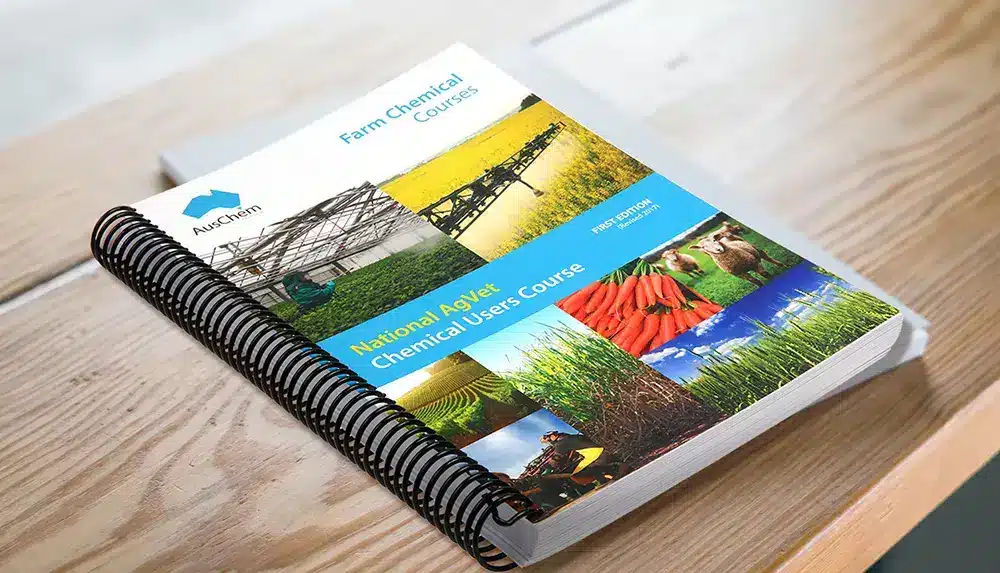
Do you want to find out more about spiral bound books? You’ve come to the right place! We’ve been helping clients — people in business, marketing, publishing, education, churches, community groups, health care, private individuals, and others — with spiral bound book printing for several decades and it’s safe to say you won’t find anyone in the field with more expertise, enthusiasm, and dedication to customer care. So, let’s dive in.
What is a spiral bound book?
Not to be confused with “wire-o” binding — which is similar but uses a wire coil which is much less robust — spiral binding employs a continuous plastic spiral which winds through holes punched through the pages. The coils are durable, flexible, and come in a range of colors. Spiral bound books are great for work situations where they’ll need to be tough and flexible. In our experience, clients find them invaluable in the following contexts:
- schools and colleges
- workplace training and education
- offices and workshops
- hospitals and health clinics
- public administration
- marketing and promotion
Because of the special qualities of the spiral bound book — they’re inexpensive but professional-looking, extremely robust, lightweight, have easy-flip pages that can be laid flat or turned through 360°, and can have protective, laminated covers, for example — our customers have chosen them for calendars and planners, workbooks, training manuals, children’s educational books, sales aids, cookery books, user guides, and handbooks of all kinds.
As experts in the field of spiral bound book printing, we understand your needs when you’re asking about spiral binding. We know you need a visually attractive product that will be within budget, last a long time, and survive the rigors of constant use in busy working environments. Spiral binding is the optimal choice for these applications as the flexible, strong plastic coil and high-quality paper stock means you can easily flip, fold, or flatten the book as needed without worrying about splitting the spine or tearing the pages. You can even hang the book on the wall or stand it on a desktop as a presentation aid.
How do you spiral bind a book?
Before a book can be spiral bound, it needs be written and any graphics, diagrams, images, and photographs added into the layout. That’s why we recommend getting your printer involved early in the production of your book. For example, we can advise you on length, layout, page numbers, paper choices, finishes and more. And whether you’re designing your book in-house or outsourcing to a third-party designer, we can make the design process easier by providing you with all the details you’ll need including weights, dimensions, bleed margins, and trim sizes. We also have a range of ready-made templates we can give you for your designer to work with, or we can custom-make a template to suit your specific needs.
Once your design is complete and the files delivered and checked, they can be printed and punched ready to be bound. Then it’s a case of inserting the plastic coils and winding them through the holes. Finally, we’ll cut the spirals and crimp the ends closed so that they don’t unwind again even with heavy use. And it’s as simple as that. The result is a beautiful, spiral bound book that’s easy to use, fit for purpose, and ready to work.
Custom spiral bound book printing
Each client and each project have their particular needs. That’s why we work with you to make it as simple as possible to customize your spiral bound book so that it’s exactly the product you want and within your budget. No matter what your book is for, we can guide you through the choice of papers — material, weight, finish, and size — coil color options, covers, backings, coatings, and more.
Purposes and paper choices
Popular applications for spiral bound book printing include workbooks, coloring books, planners, diaries, and calendars. In these cases, the choice of paper is especially important. Non-coated paper will likely be your best option as it’s easier to write on with pencils, pens, felt tips, or markers.
For other purposes, where the visual impact of your book is important, then gloss paper — which is shiny, smooth, and vibrant — may be the better option. For books which need to be easily seen in brightly lit or outdoor situations, a matte finish could be ideal as, while still providing a protective coating, it’s less reflective and avoids glare, making it easier to read under lights or in bright sunshine.
Helpful tips to design a book for spiral bound printing
It’s a good idea to get your printer involved in your project early in the process. For example, we can help you get your margins, bleed, safe zones, and other essential layout properties right. There’s nothing worse than working on a beautiful design only to find that it can’t be printed because the text would be trimmed off, images won’t fit, or the margins are too narrow and the content gets hole-punched!
Talk to us first, and our experts will be happy to make the whole process super-easy. And as we said before, we can give you more than advice, we can give you templates for almost every project you can imagine. But assuming you’ve got the basics of the layout figured out, here are a few helpful tips to think about when working up your design.
Who is your book for?
It might seem obvious, but whether you’re making a fun workbook for school, a business report, a user manual, or anything else, you need to think carefully about the needs of the end user before you start designing the final product. Ask yourself:
- What information must be included?
- Will there be more text or should it be mostly visual?
- Will bullet points, summary boxes, and ‘at-a-glance’ diagrams be helpful?
- What do the readers/users need to learn from the book?
- Do you want to entertain, inform, educate, or persuade the reader?
- What age group is it aimed at?
Once you know who your readers are, what needs the book must fulfil, and anything else that you’d like the book to achieve, you can begin the design process confident that the end product will be suitable for the target readership and fit for purpose.
A picture speaks a thousand words
Often, you’ll want to include images, diagrams, and photographs in your spiral bound book. In the case of children’s books, each and every page may be a full-color, full-page illustration. But whether you have a few or many images, it’s important that you convert them to a high enough resolution before printing. Images on your computer screen may be as low as 72 DPI (dots-per-inch) and still look good. But for print, they must be at least 300 DPI. Your designer should know this, but if you’re on a tight budget and doing the design yourself, if there’s anything you’re not sure of, talk to us; we’ll be happy to help.
Avoid coil spoil
It’s common for some projects to have large images that spread out across two pages. But you may want to think carefully before committing to that with spiral bound book printing. The coil winding through the two rows of holes can spoil an image spread. Always keep your margins, safe zones, and borders in mind to avoid ‘coil spoil’. If your project must have double-page images, think about printing a saddle-stitched or perfect bound booklet instead.
Page after page
One of the wonderful attributes of a spiral bound book is that the usual limitations on the number of pages changes. Whereas with other forms of binding, just eight pages would be too few, you can have a super-short spiral book with no problems and it will still look just as good. Also, although it’s unusual for this kind of binding, if you need a few hundred pages, that’s no problem, either.
Pitch perfect
Obviously, you can’t have a spiral bound book without holes for the coil to wind through. But how many holes? The number of holes per inch is called the ‘pitch’ in printing terminology. Usually, you’ll have a pitch of three or four holes per inch, but it may vary depending on your project. From the design point of view, allowing space for the holes and getting the guideline right is important to make sure that you have a neat page alignment.
Coil sizes and colors
The size of the coil needed for your spiral bound book depends on how many pages you have and the page size. The coils come in a range of colors, so you’re sure to find one that suits the theme and style of your book. We will select the best coil size for your book based on the thickness and other factors to make sure that the finished project is beautiful and robust and that the pages flip easily.
We’ve got you covered!
While gloss finished paper or laminated card covers are an option, you may want to choose vinyl covers for a more professional-looking and enduring finish. A more durable, distinctive cover also helps the user to quickly find the front and back of the book if they’ve flipped it 360°.
Next steps
If you’re ready to get started on your spiral bound book printing project — or if you’d just like to find out a bit more, ask a few questions, and talk through the options for what you’ve got in mind — get in touch. With decades of professional experience, state-of-the-art technology, competitive pricing, and an enthusiastic team of expert, friendly staff, we’d be delighted to hear from you either for a no-obligation chat or to give you a quote for your project.






